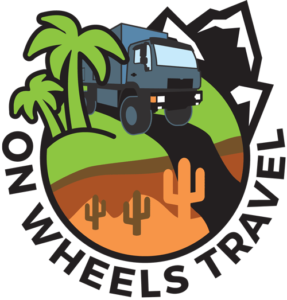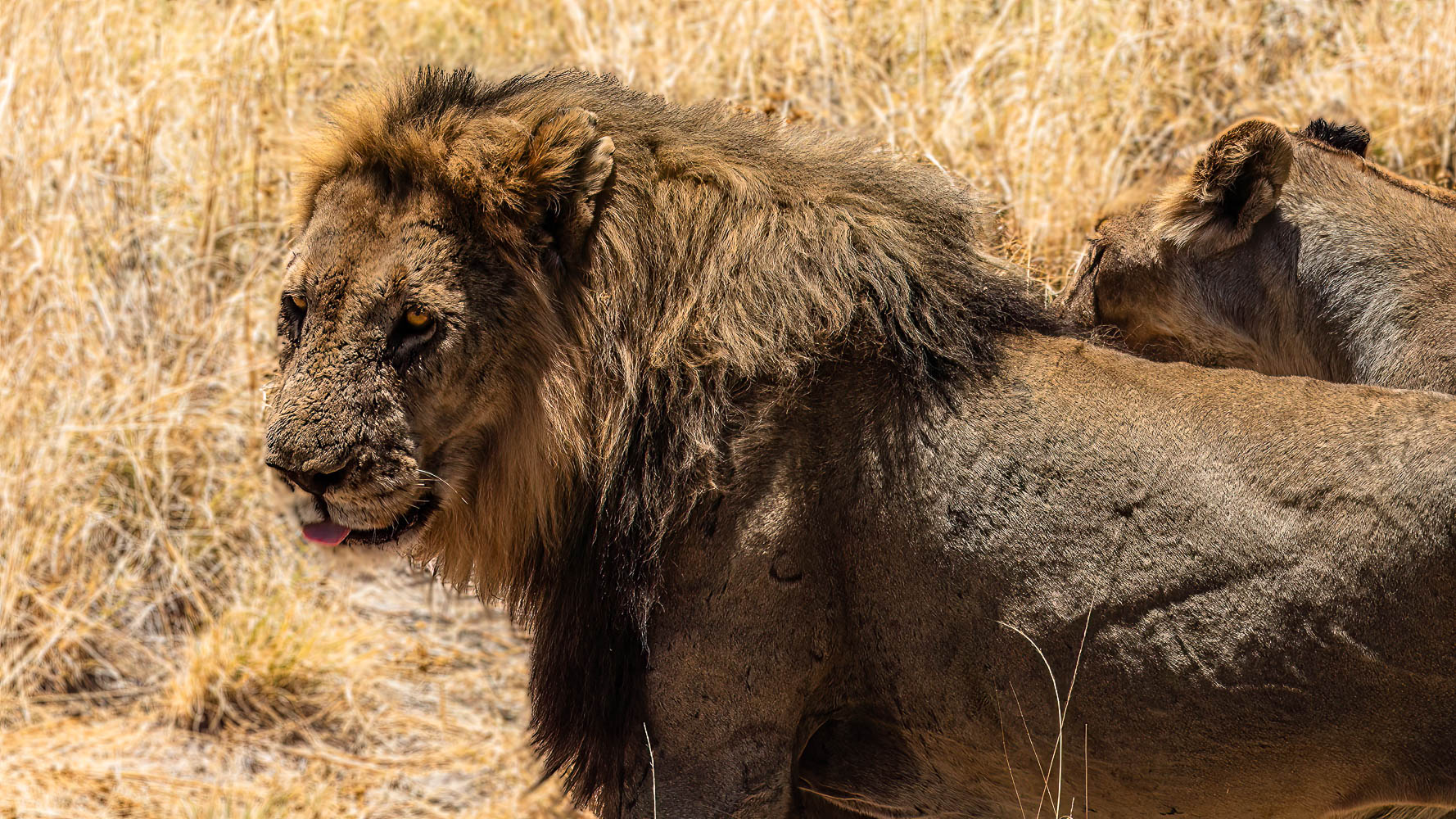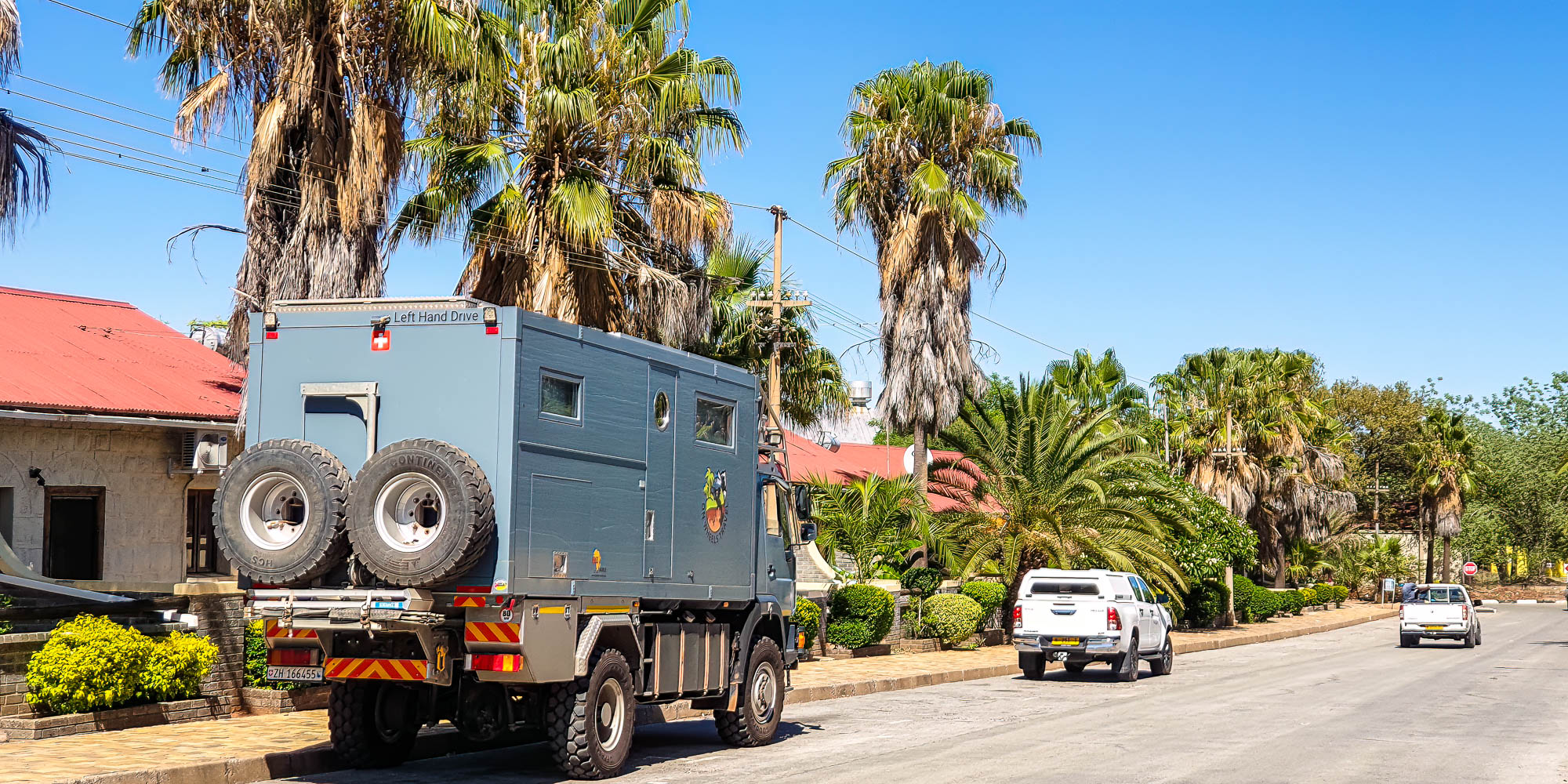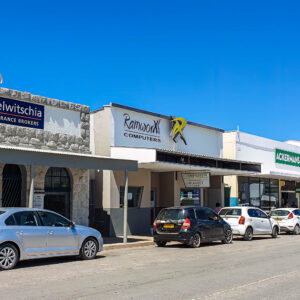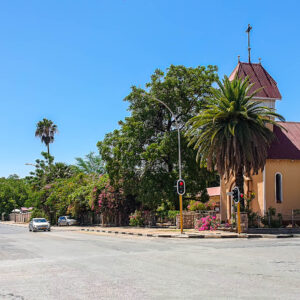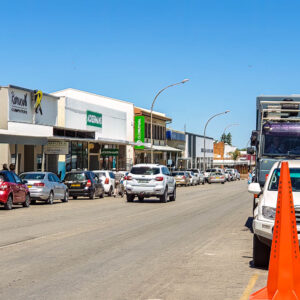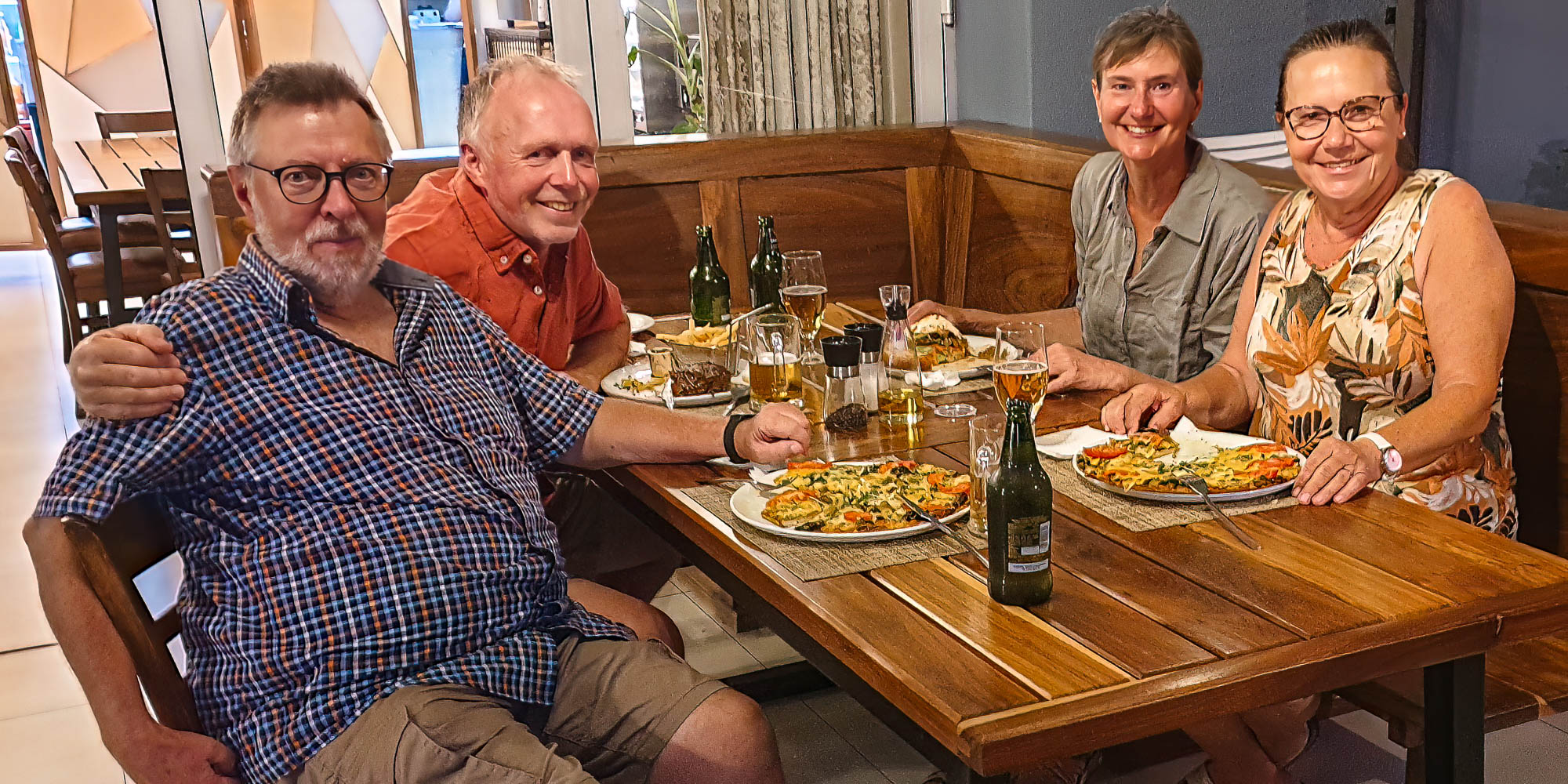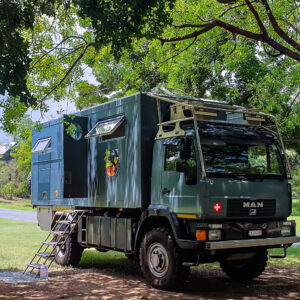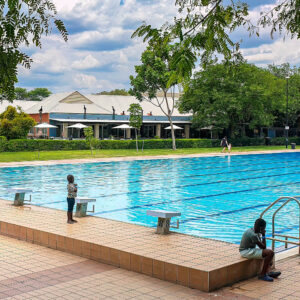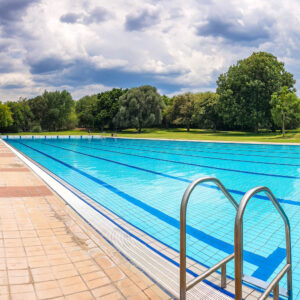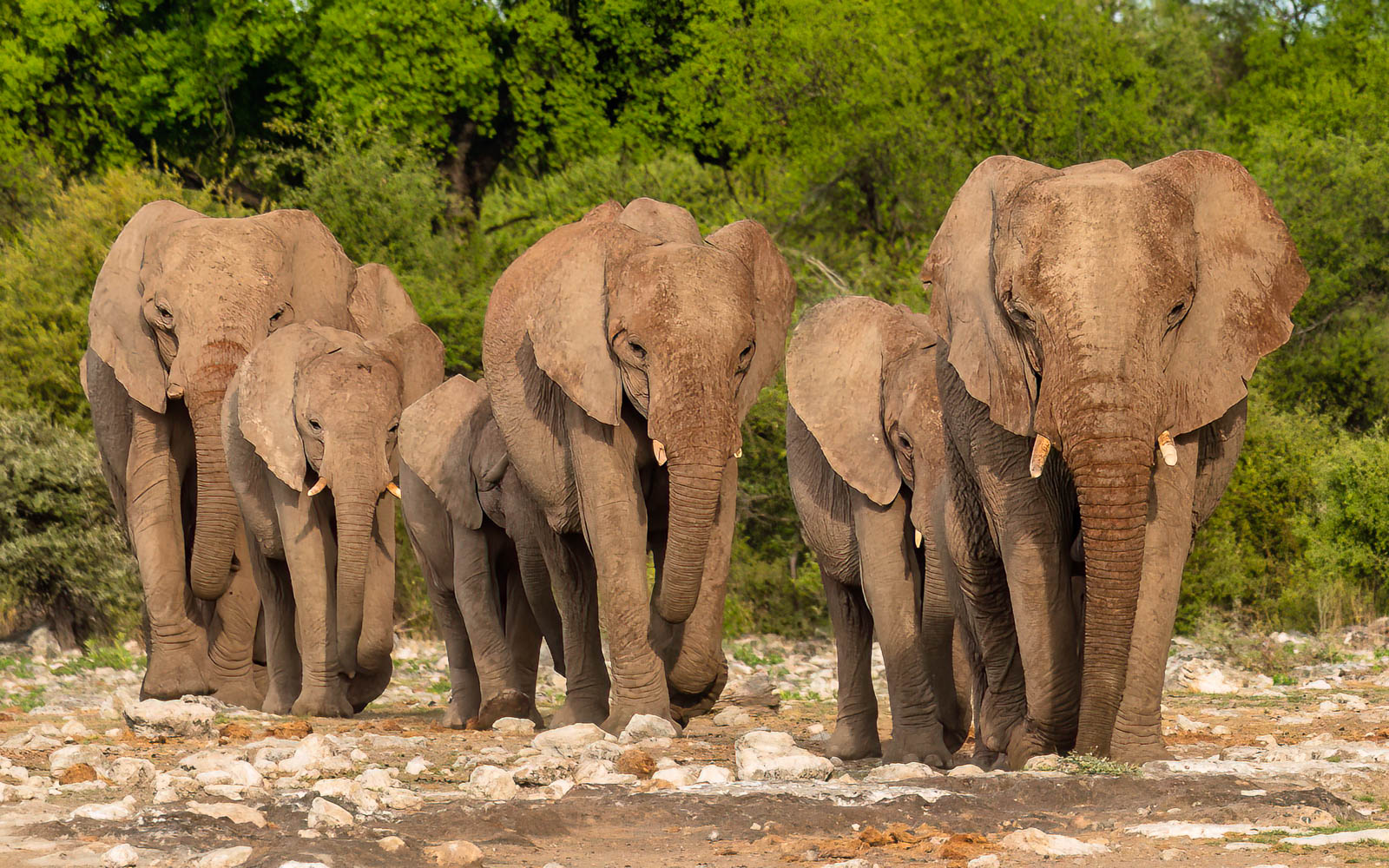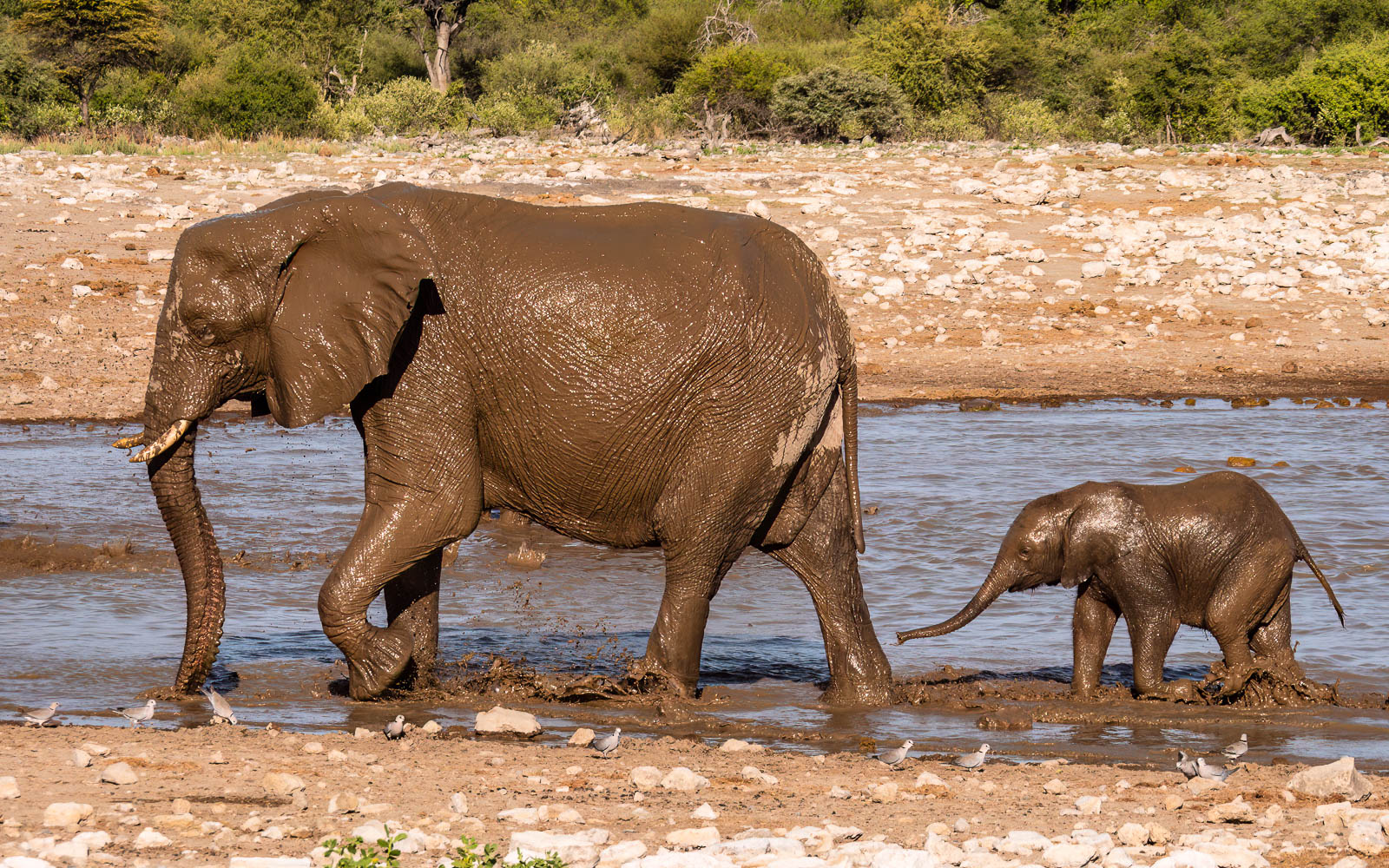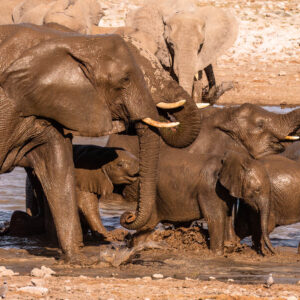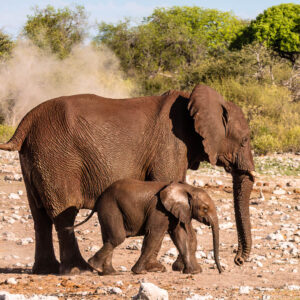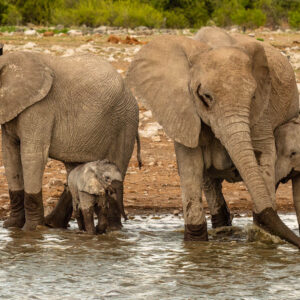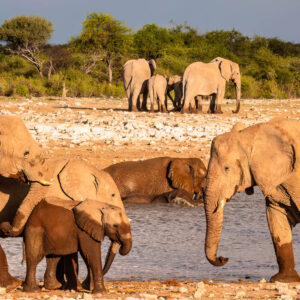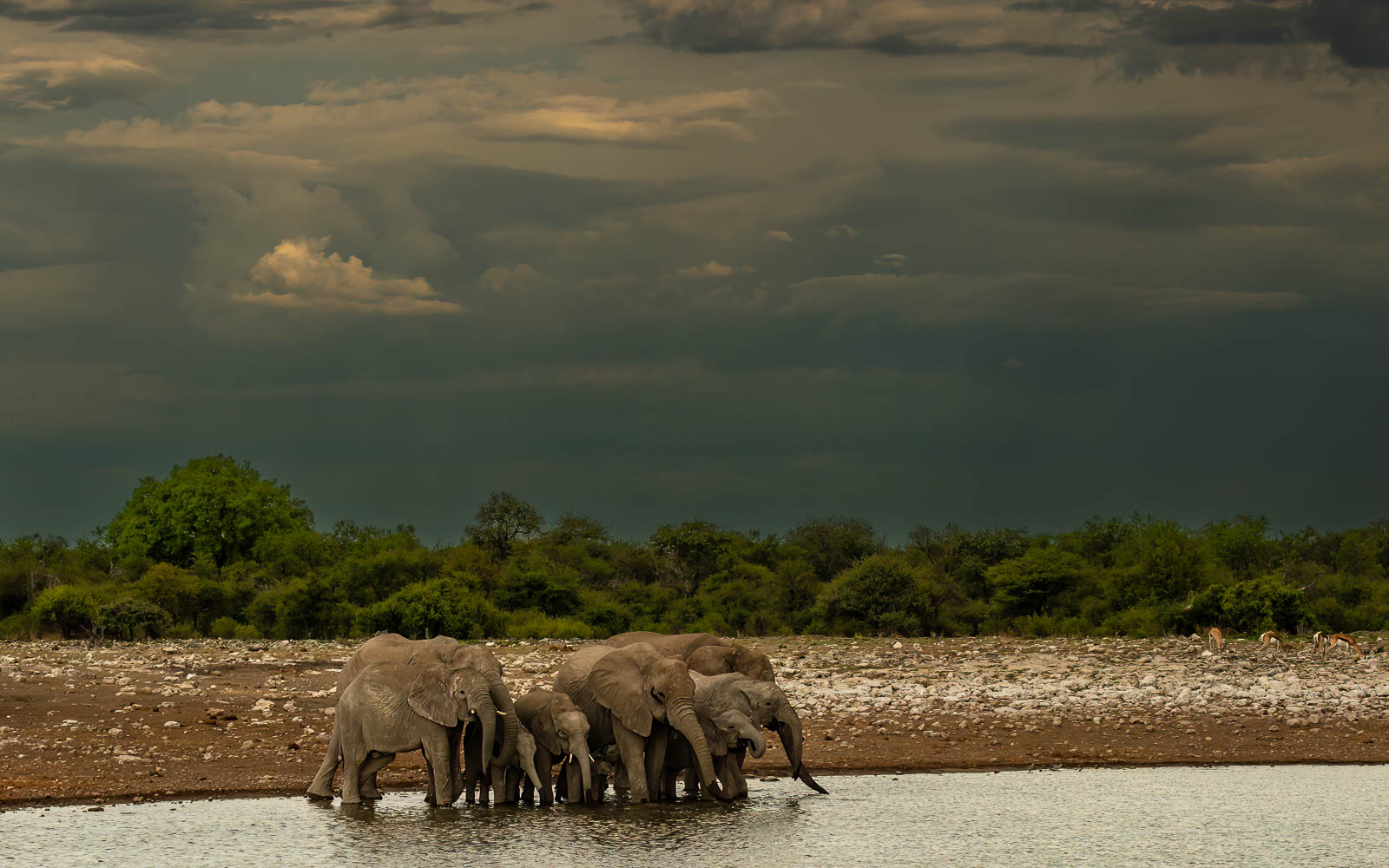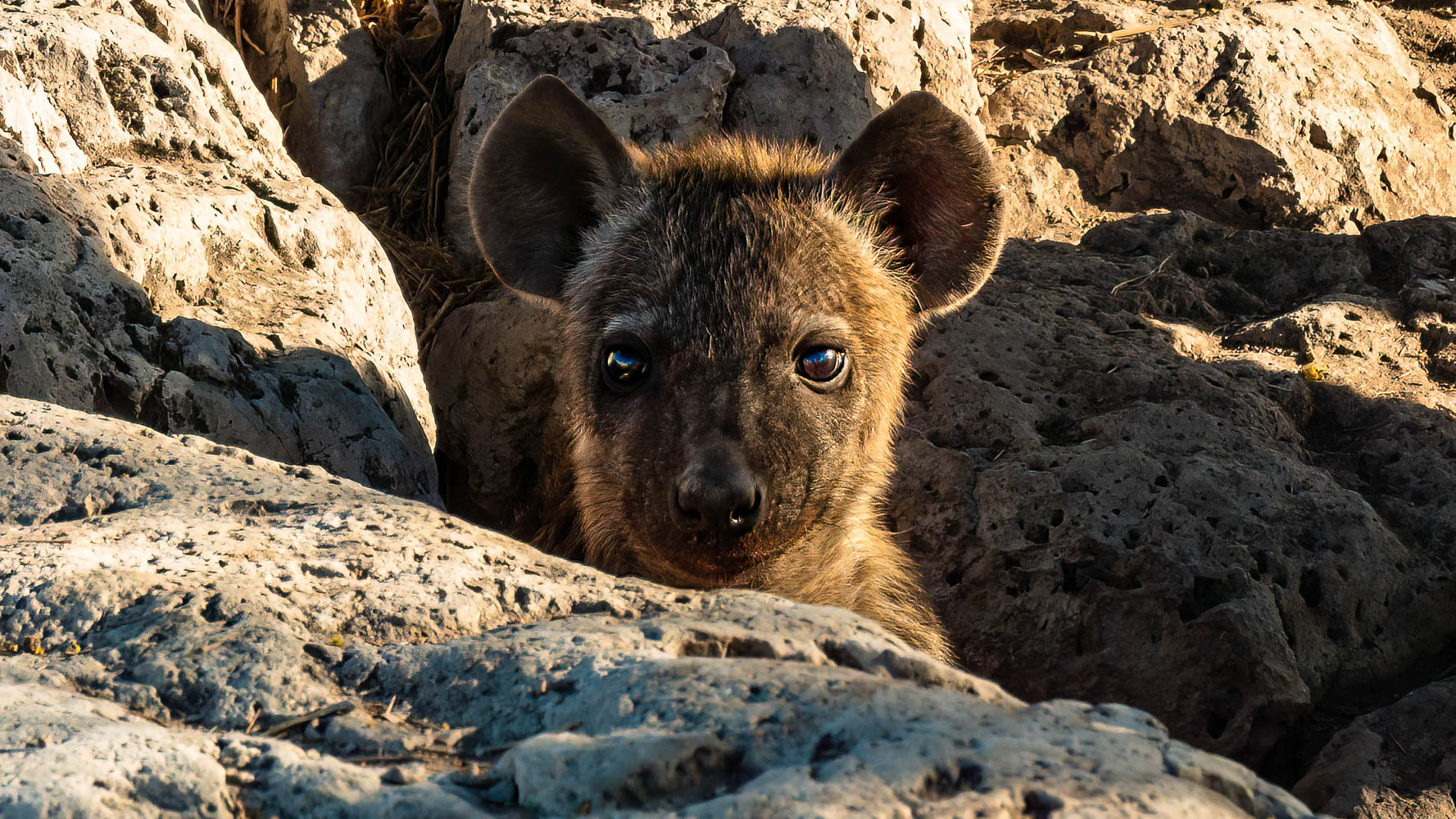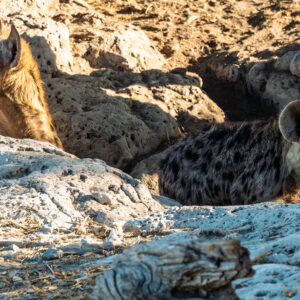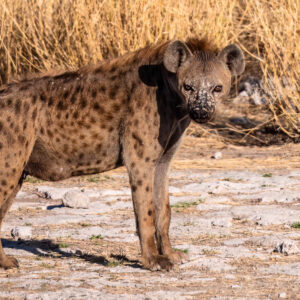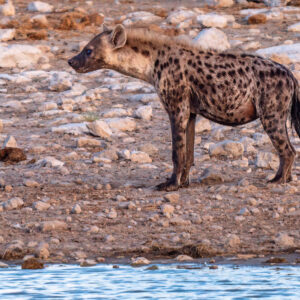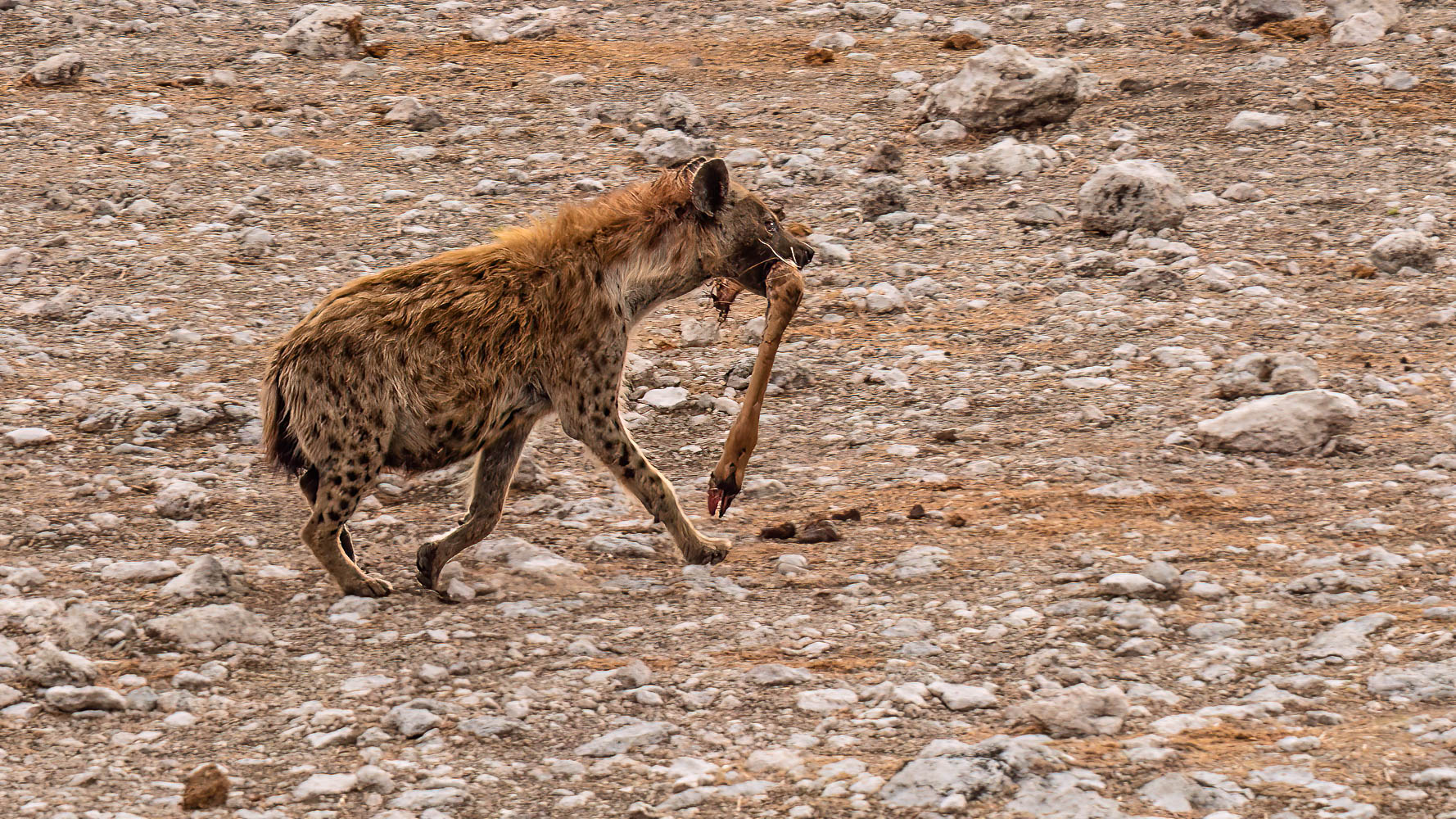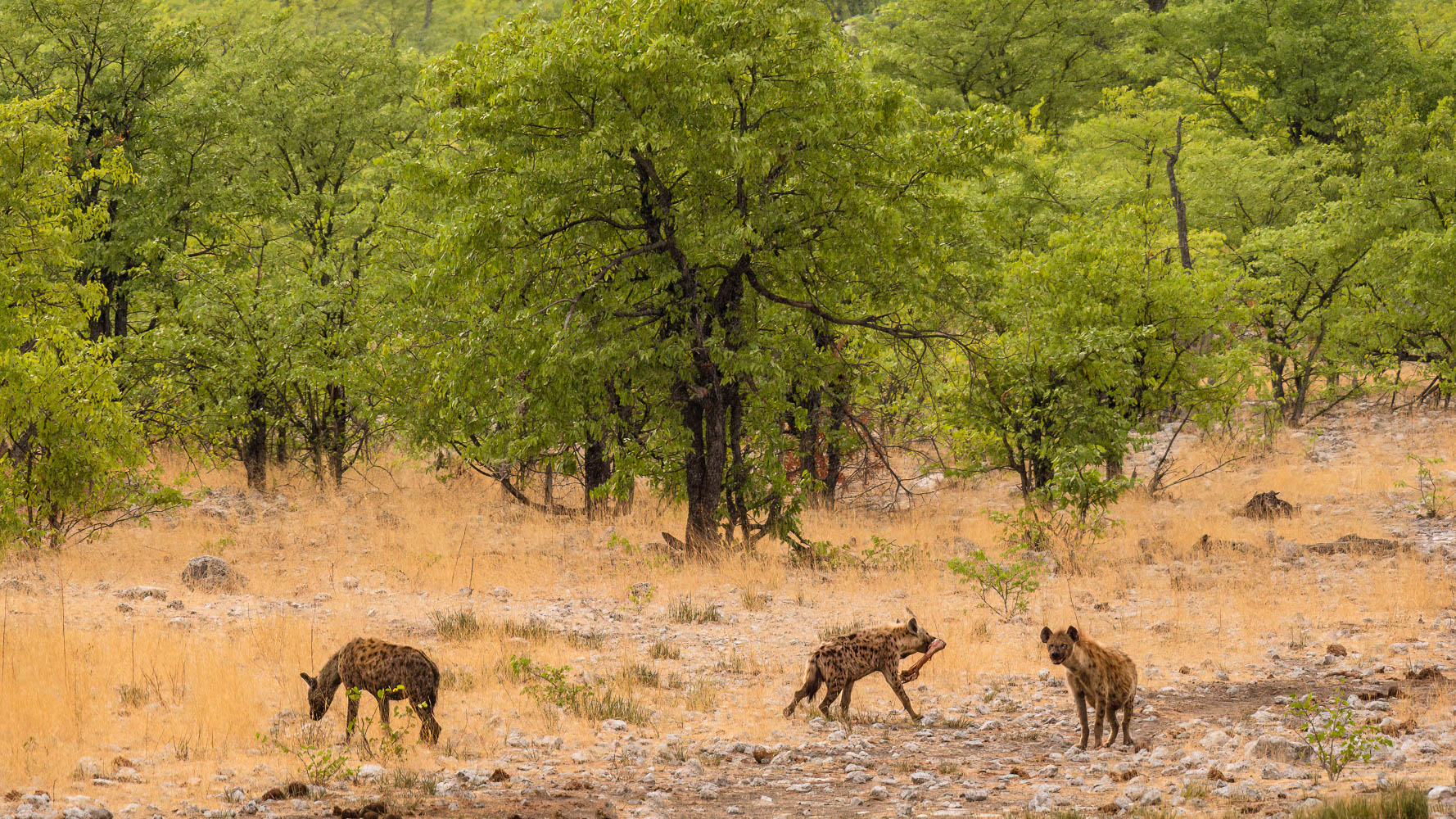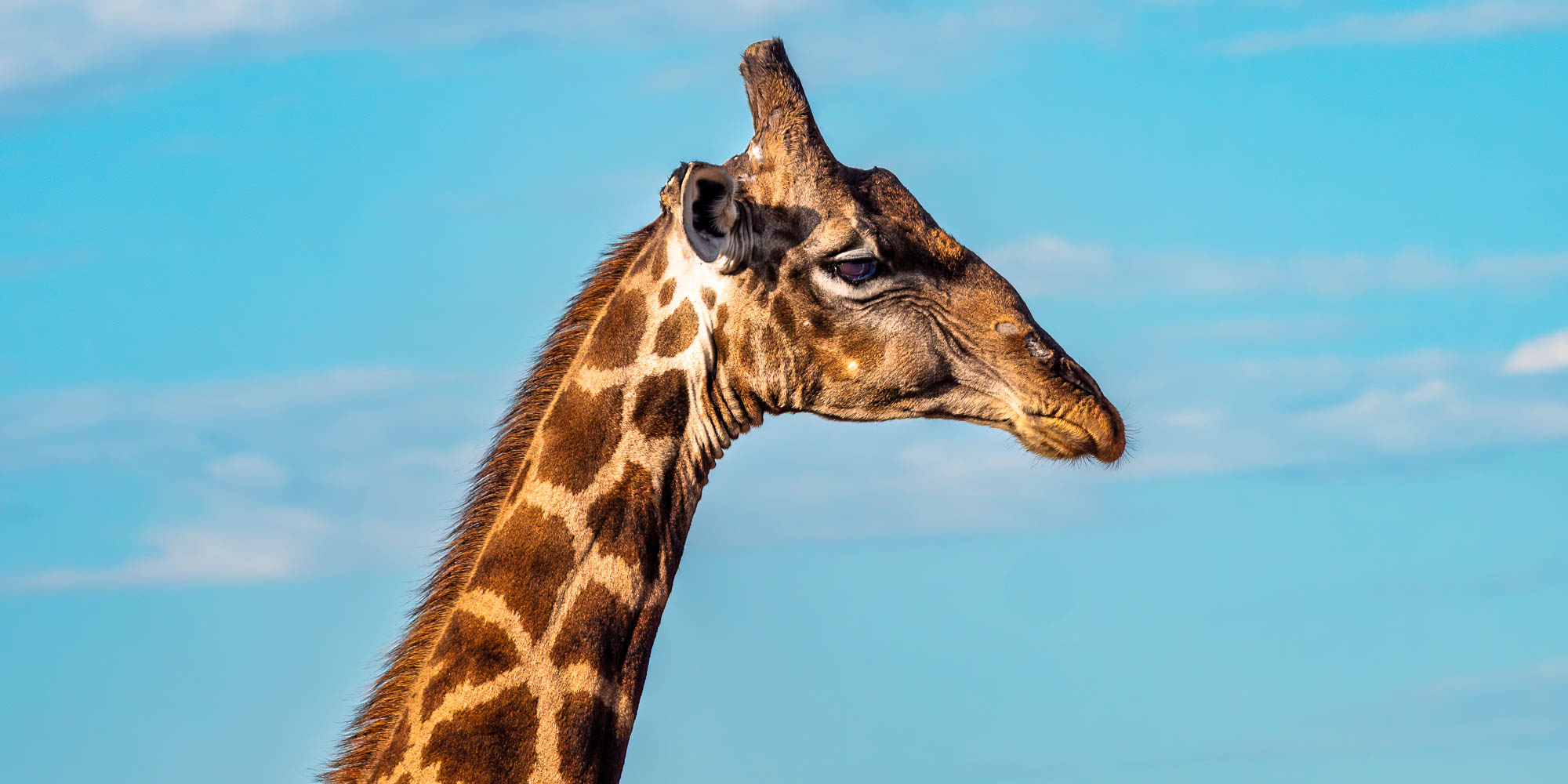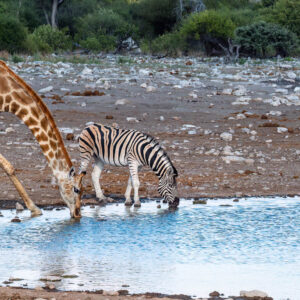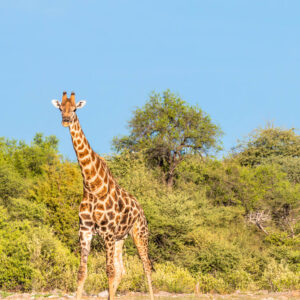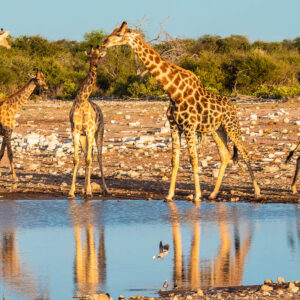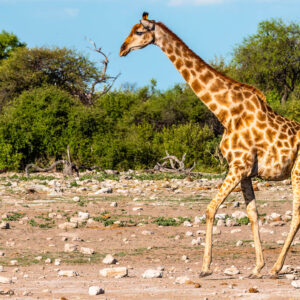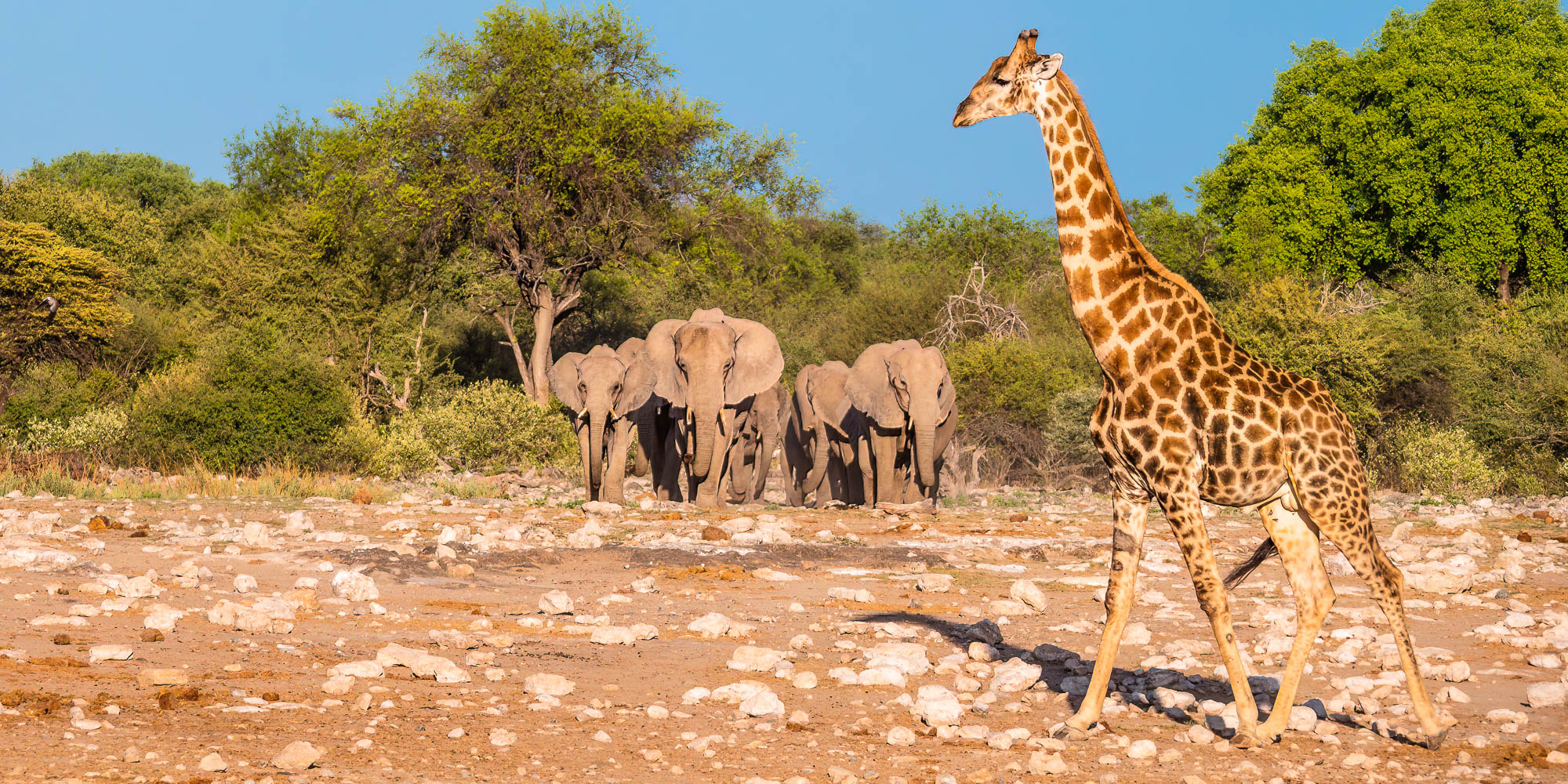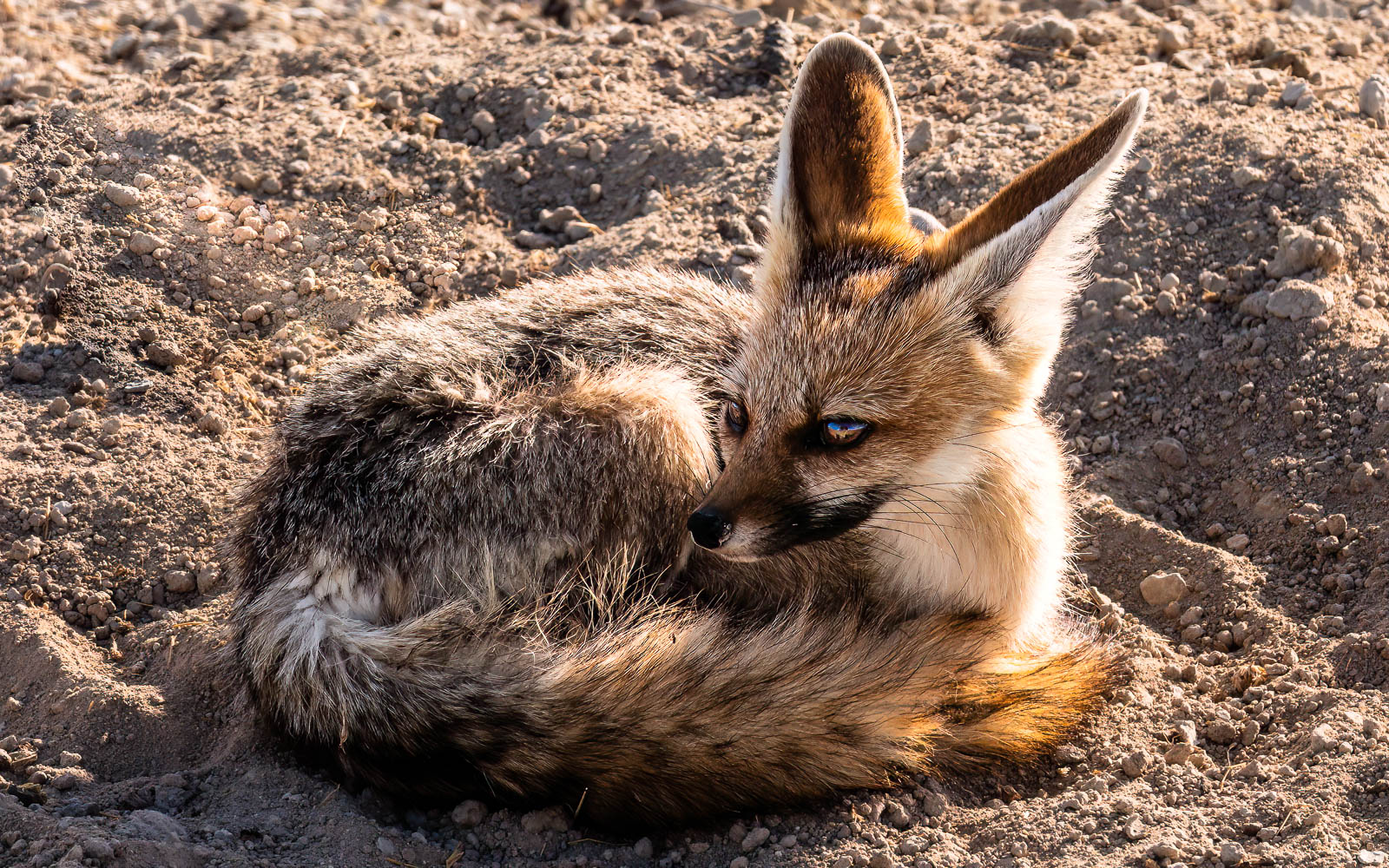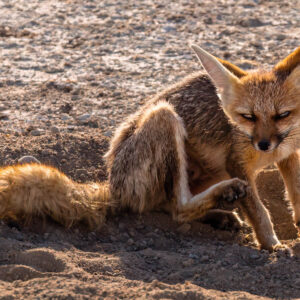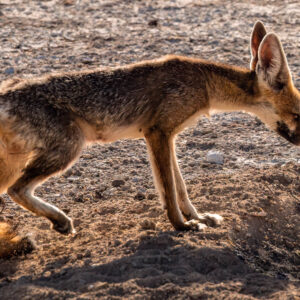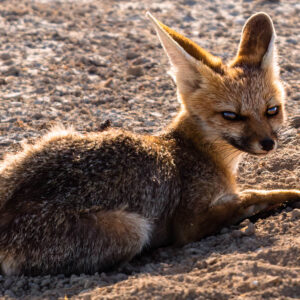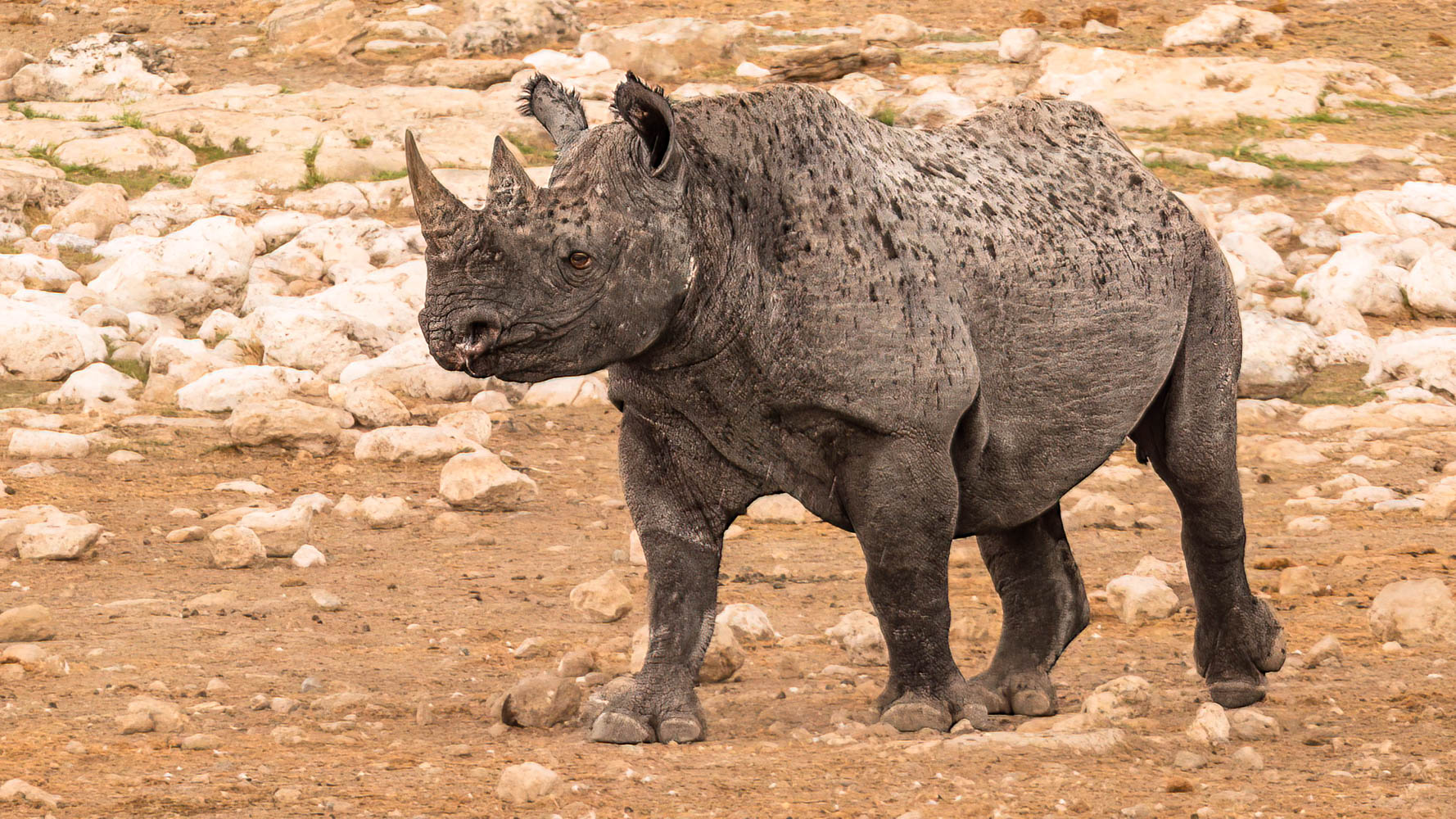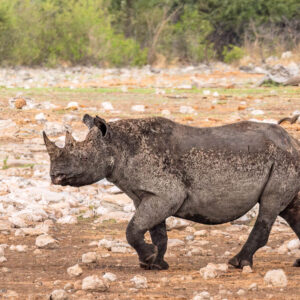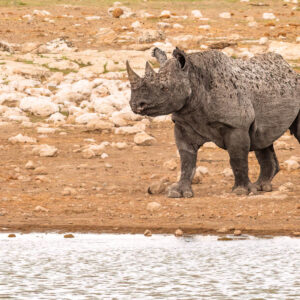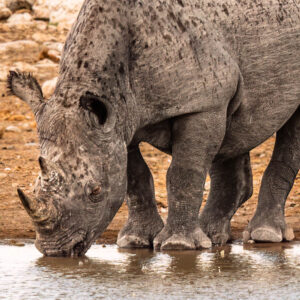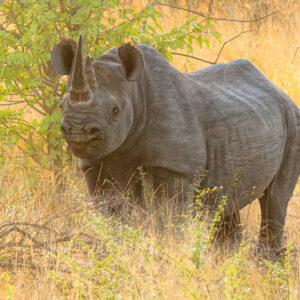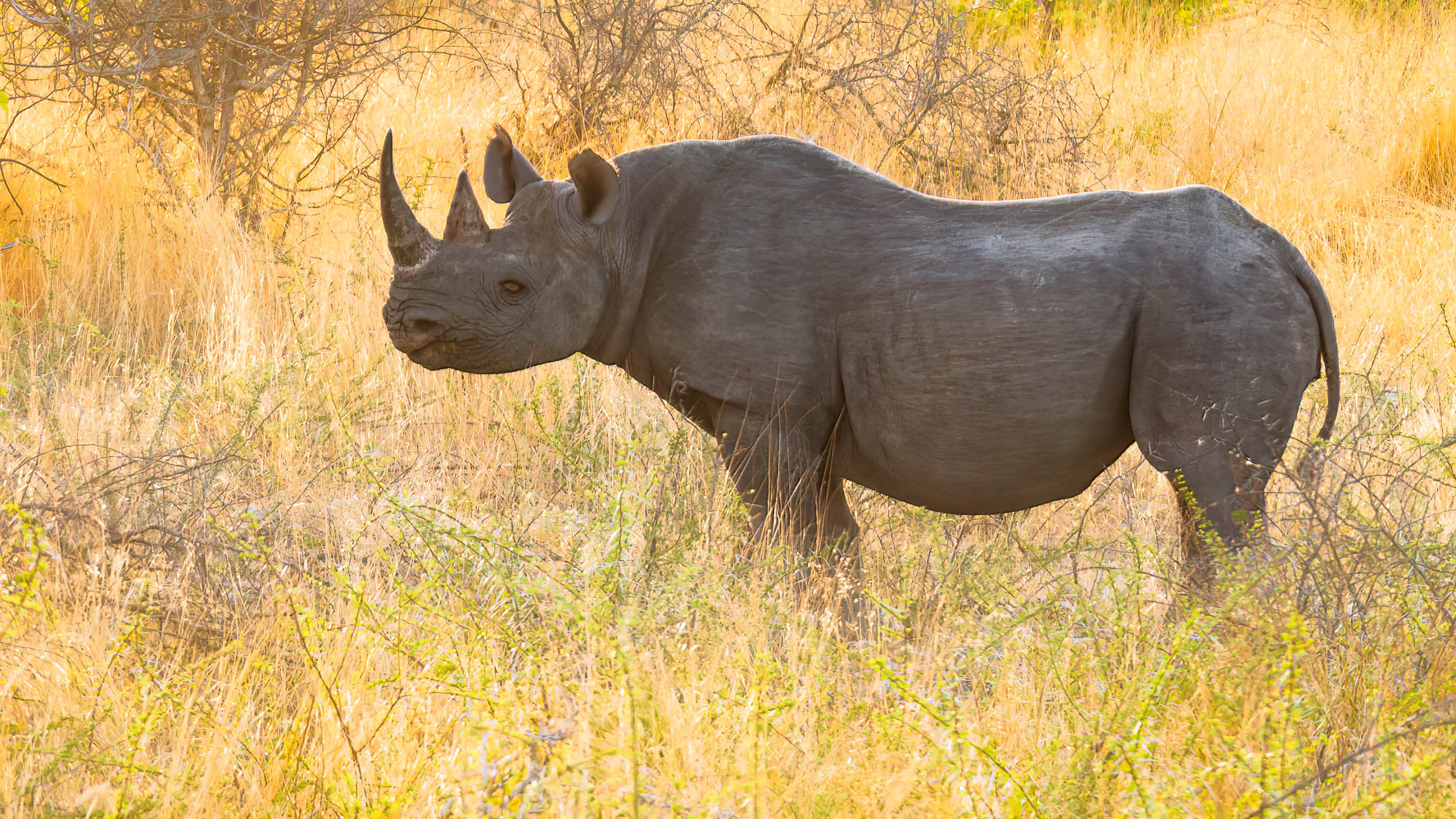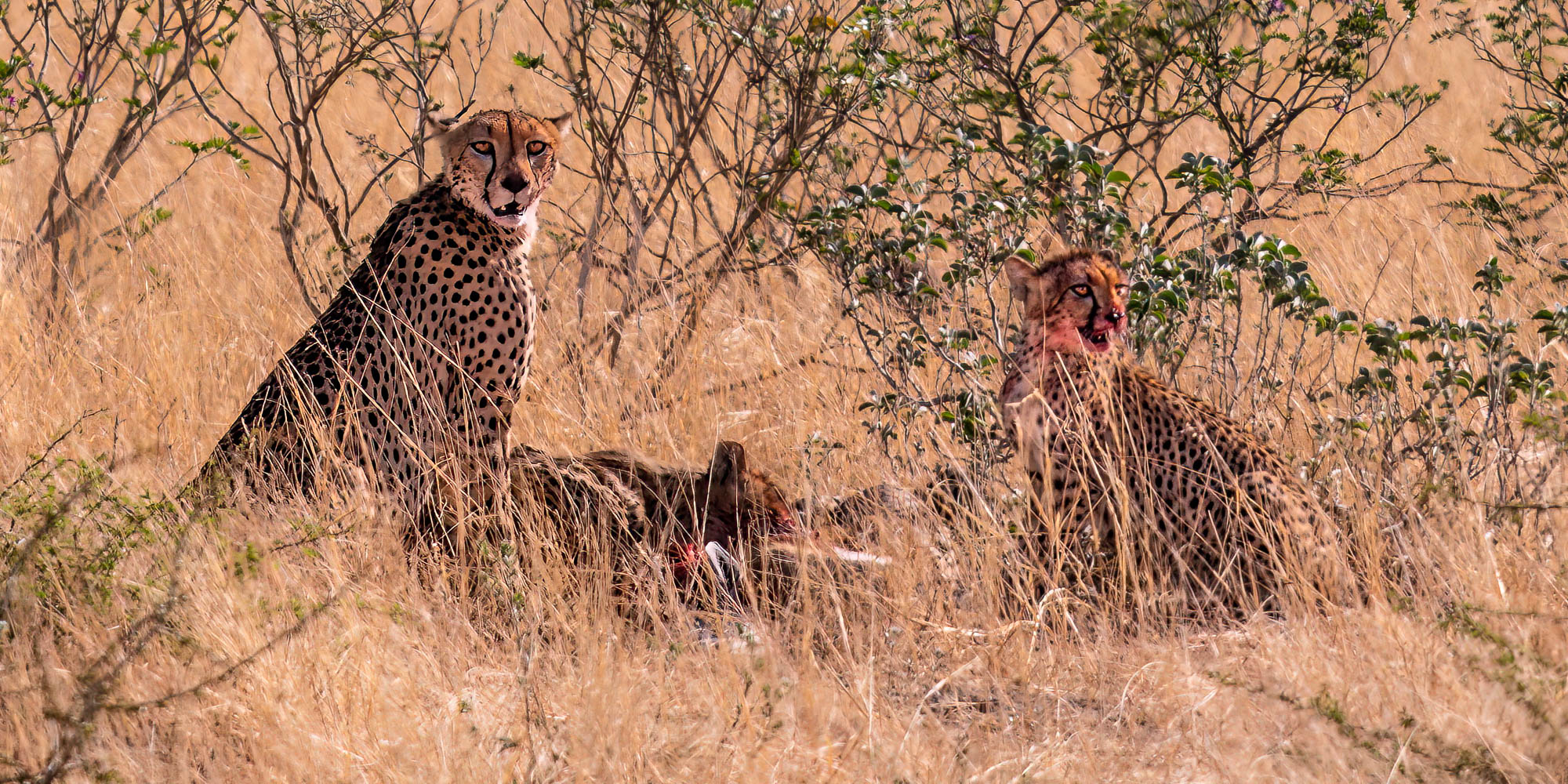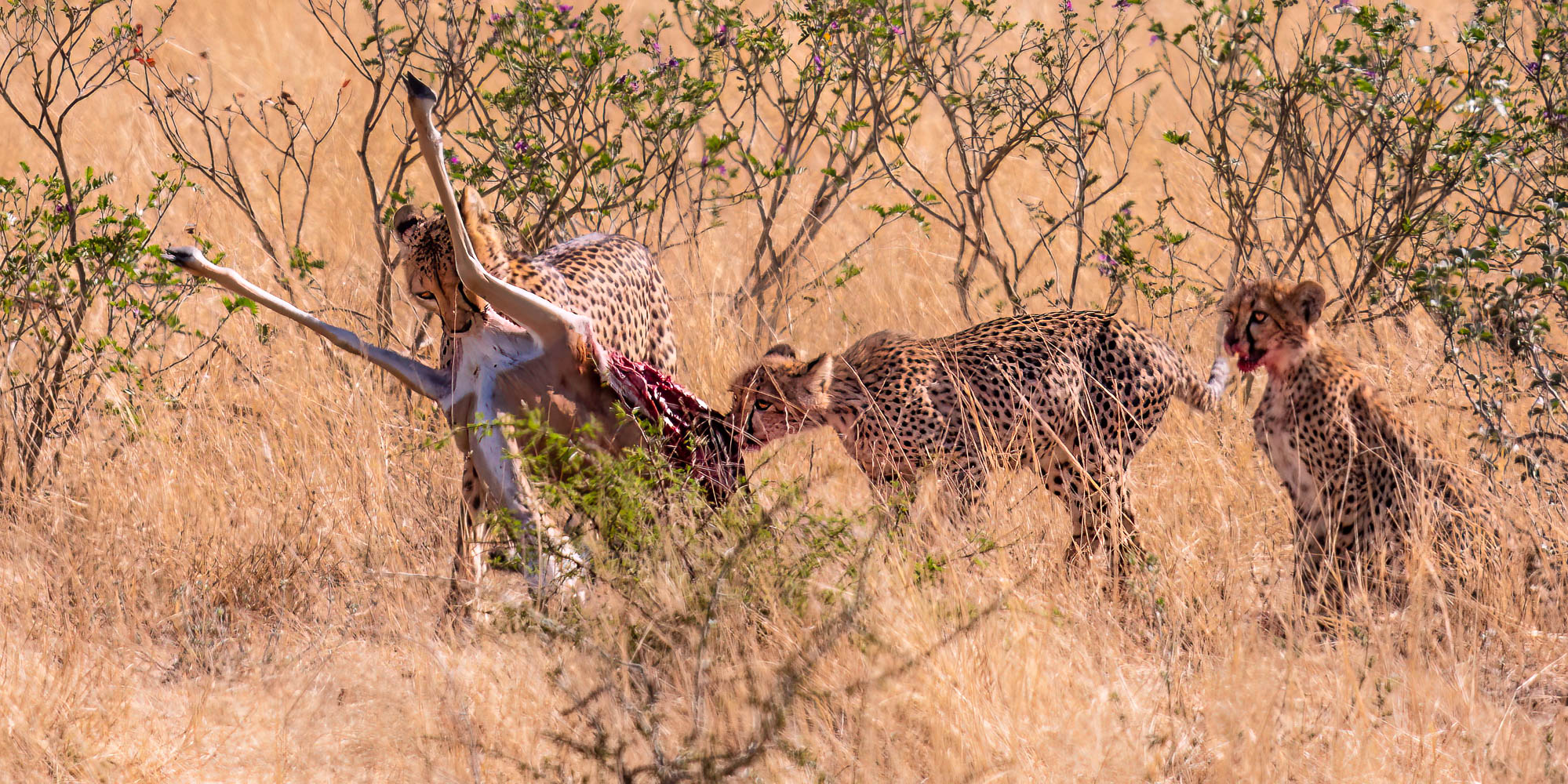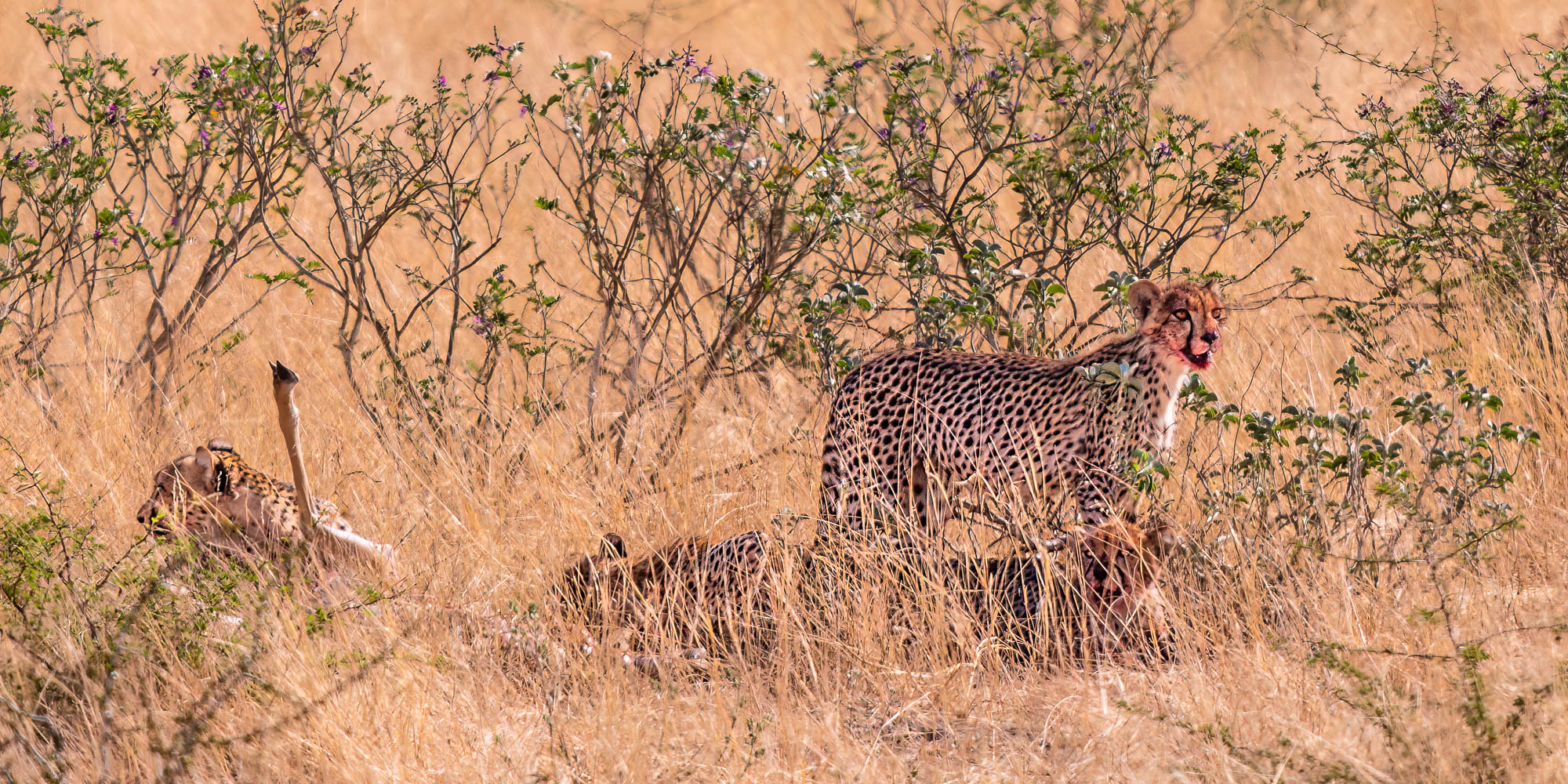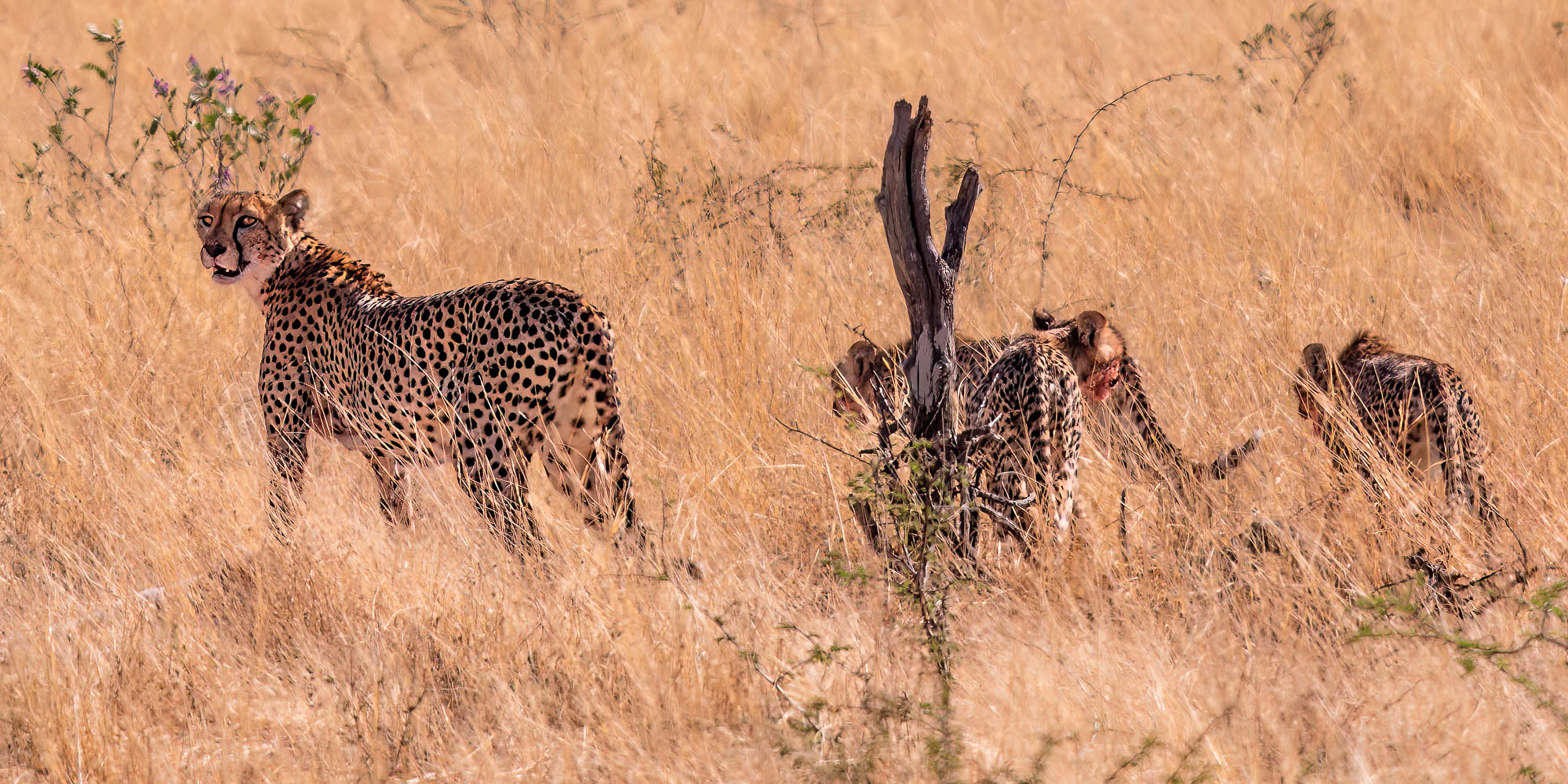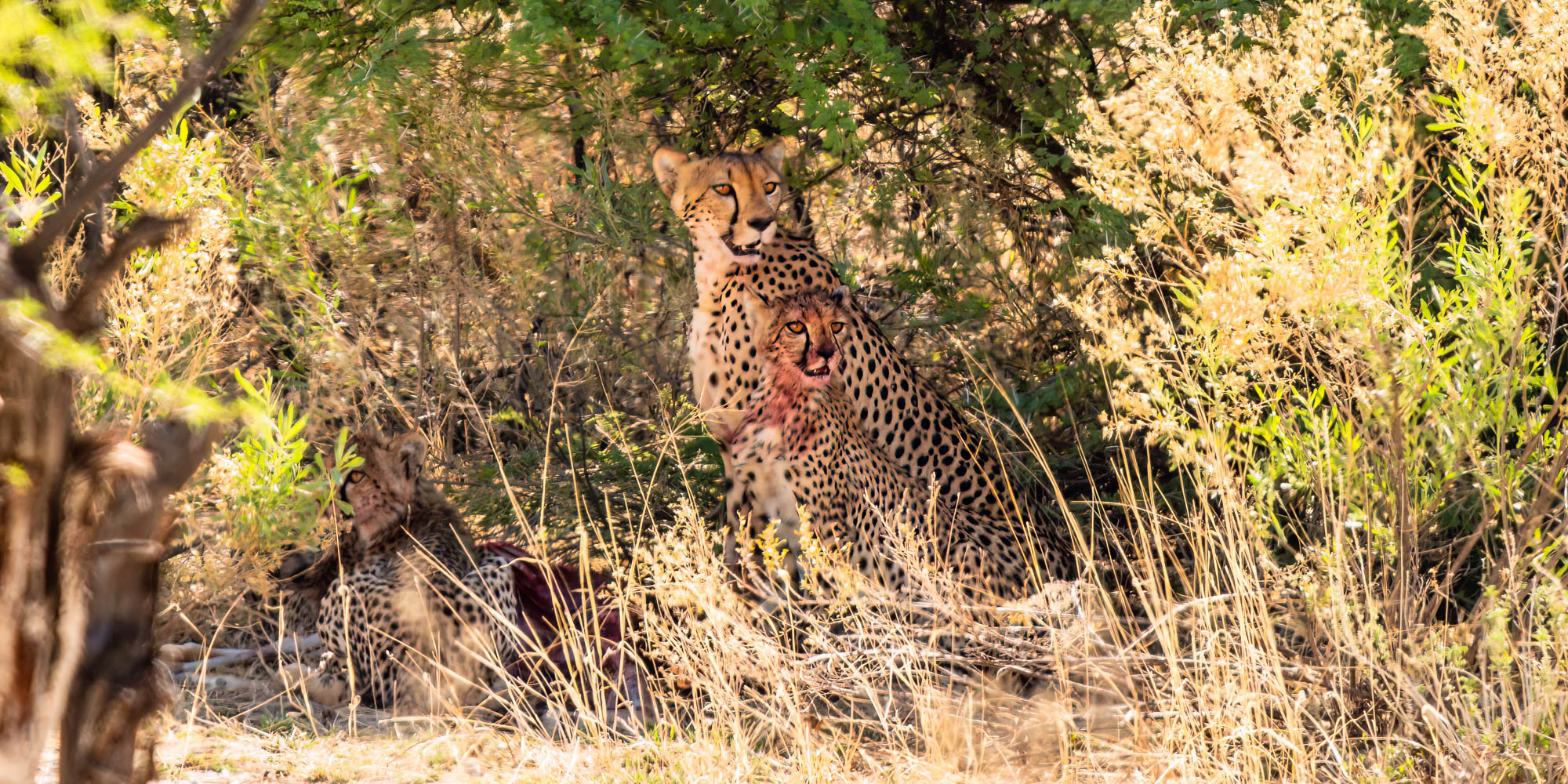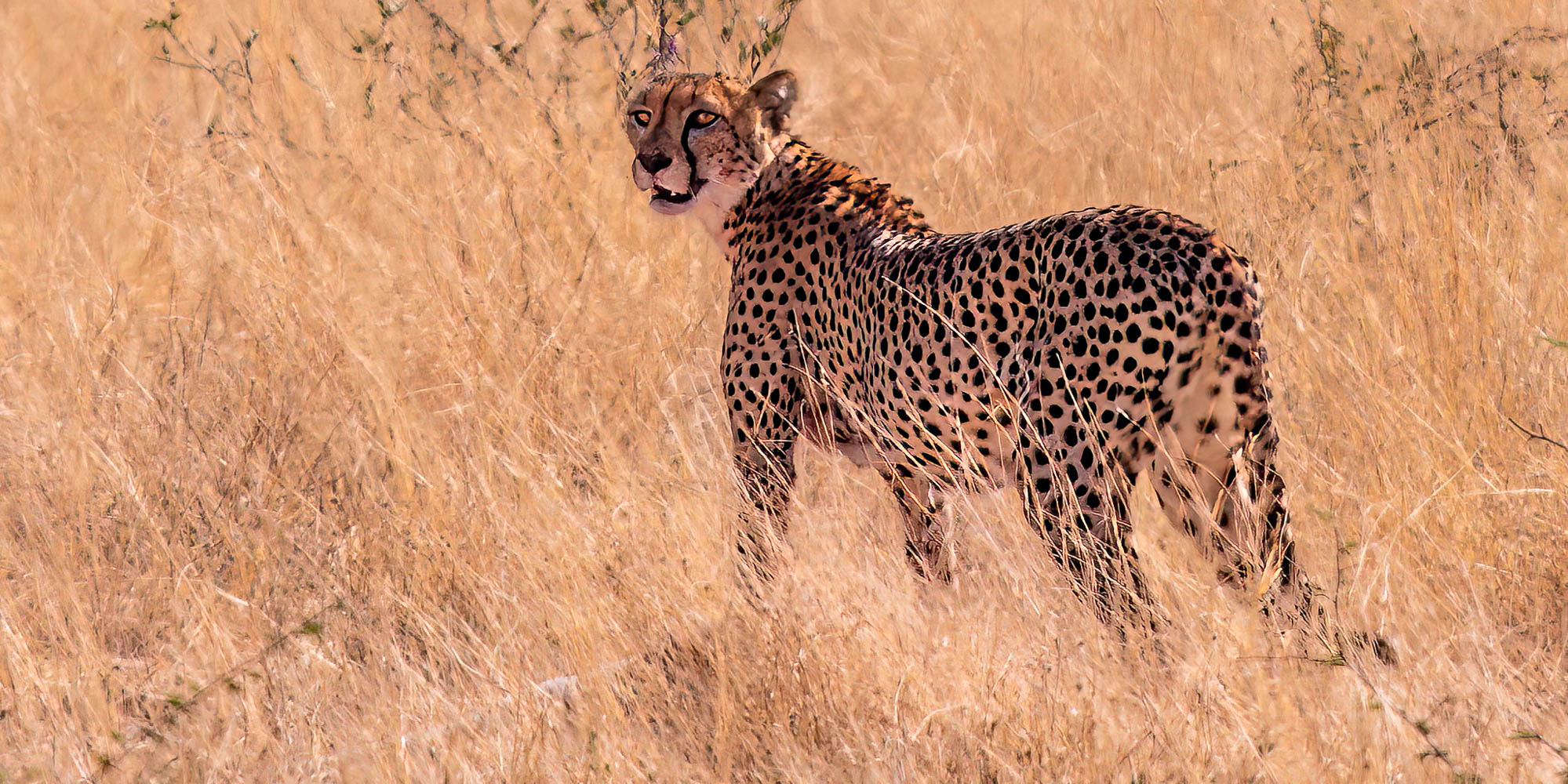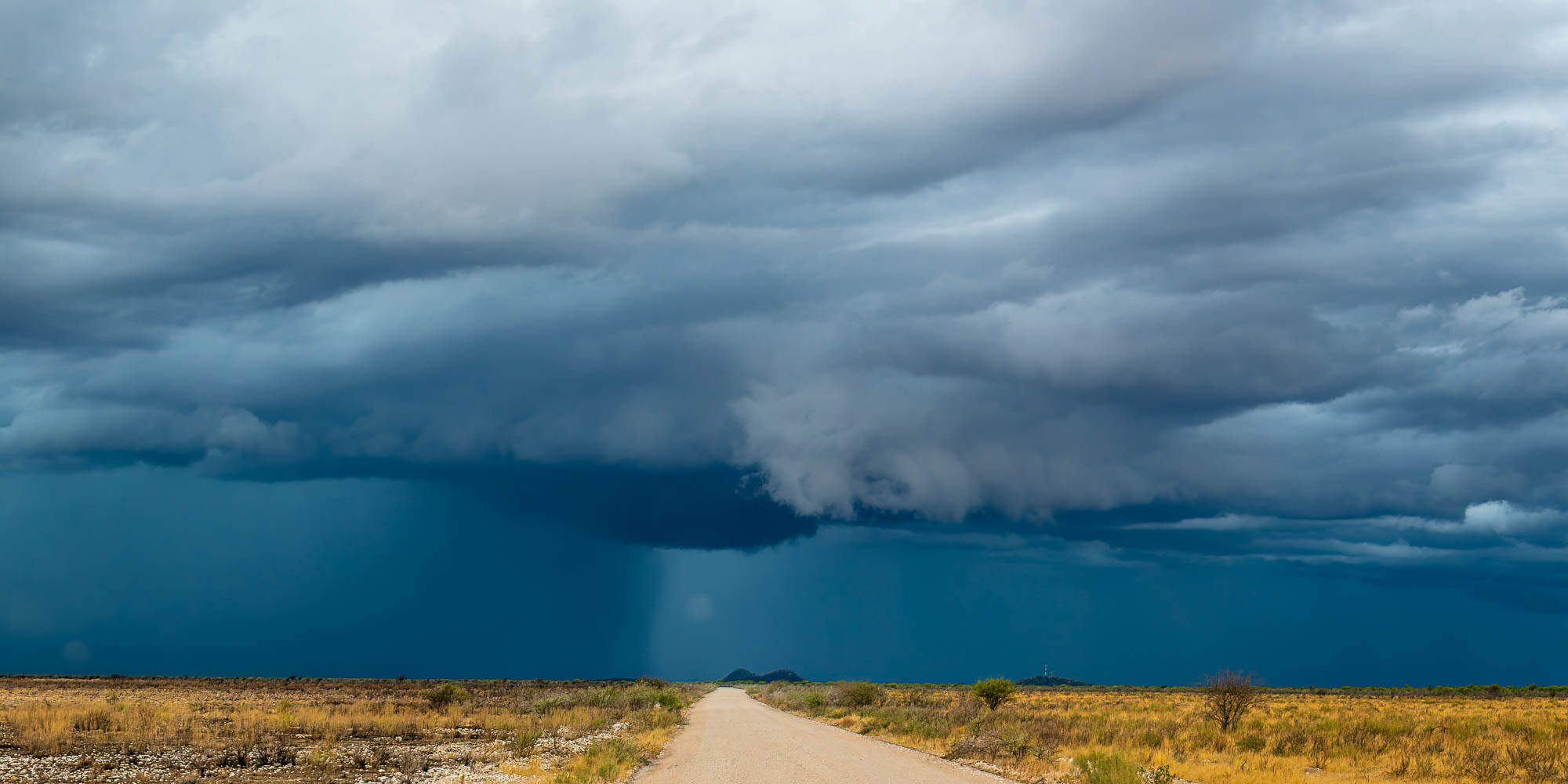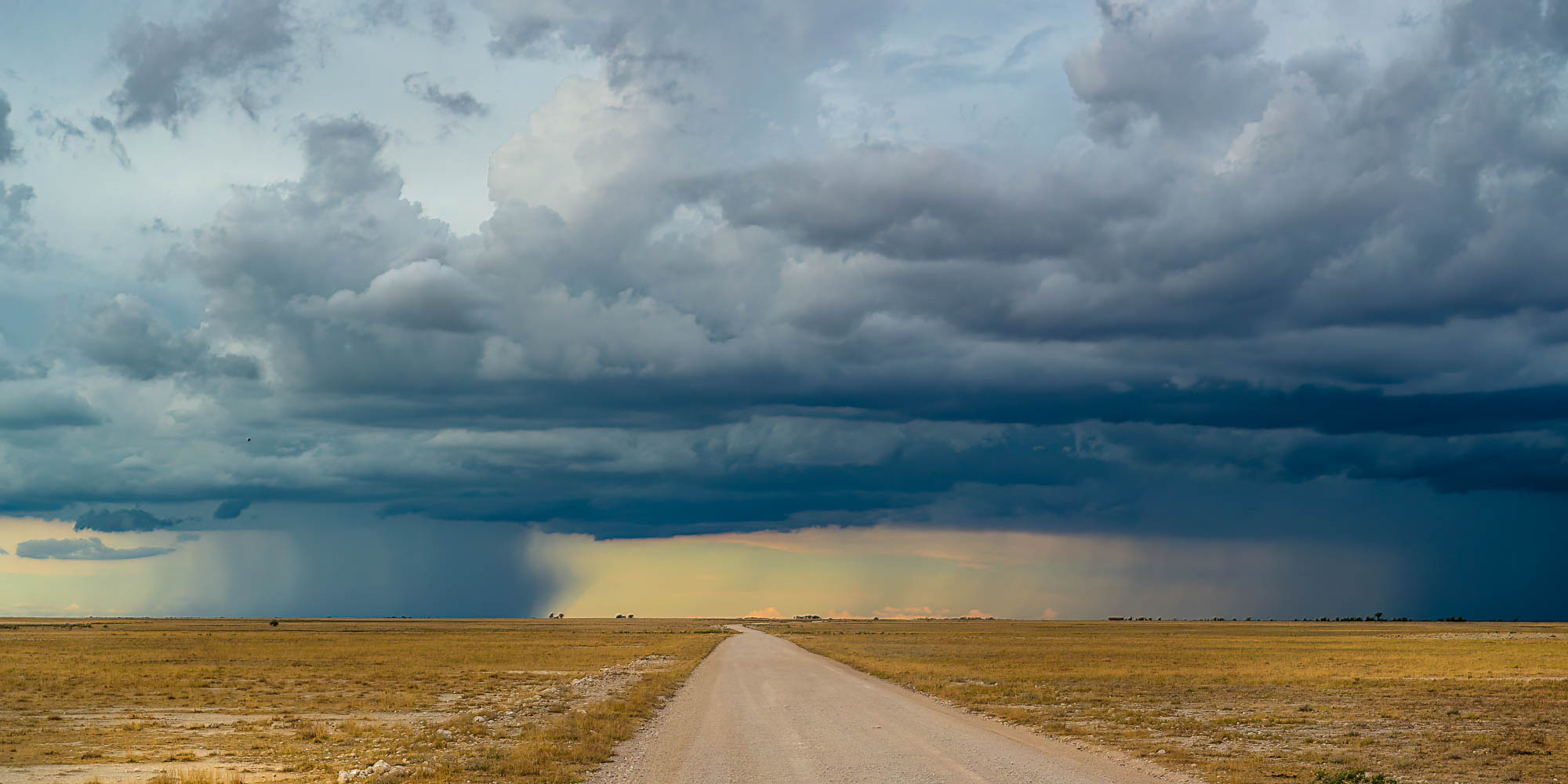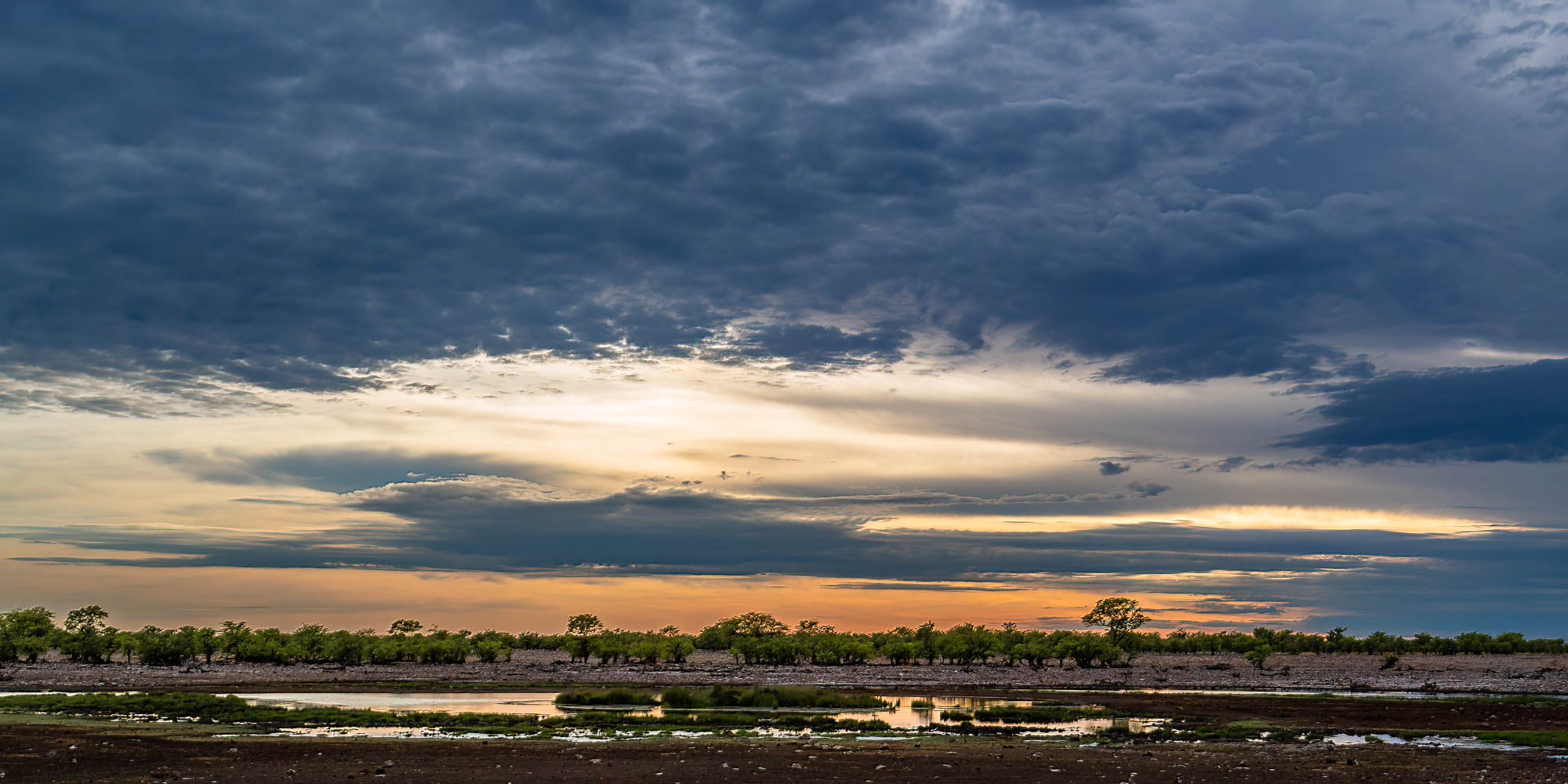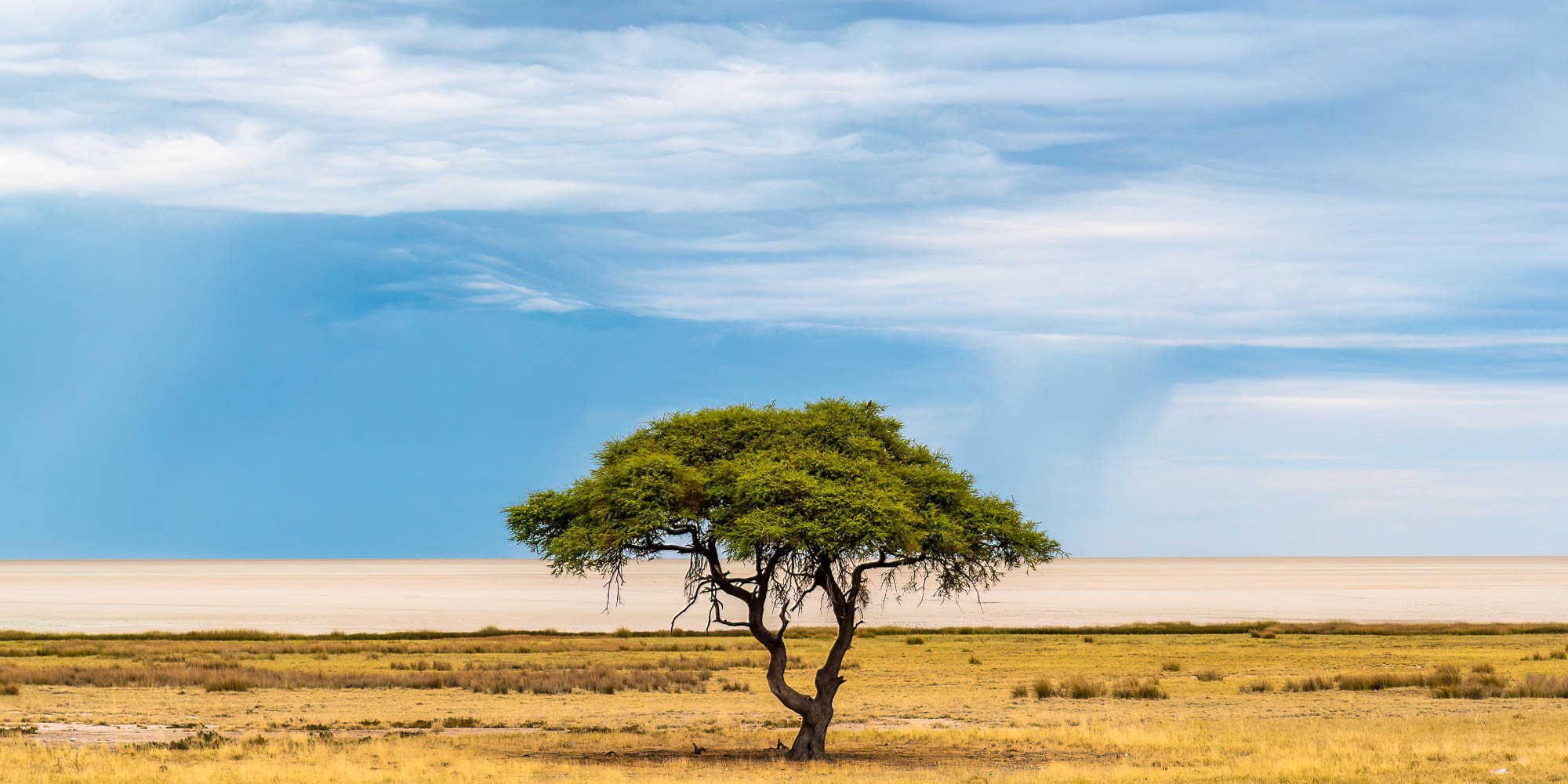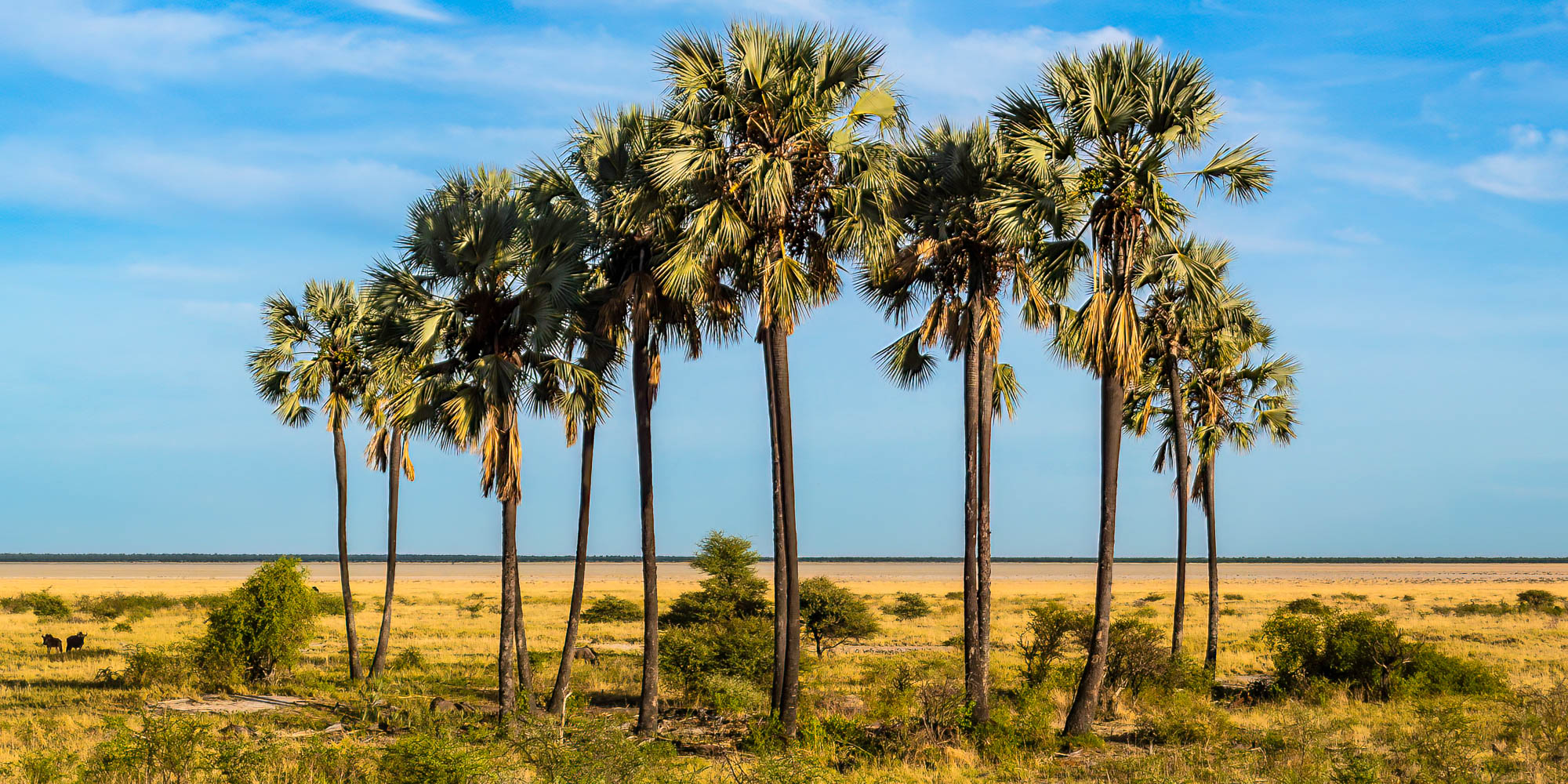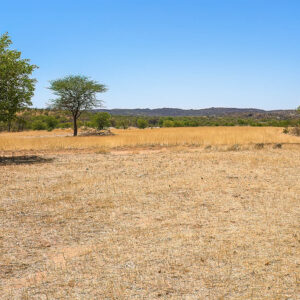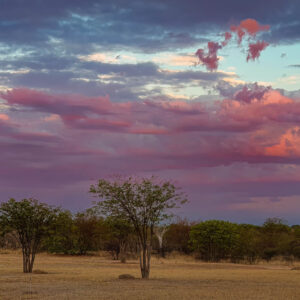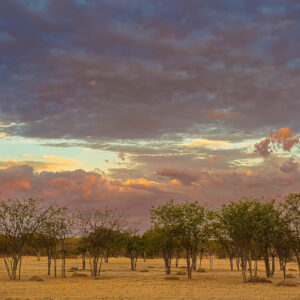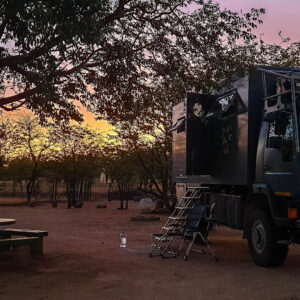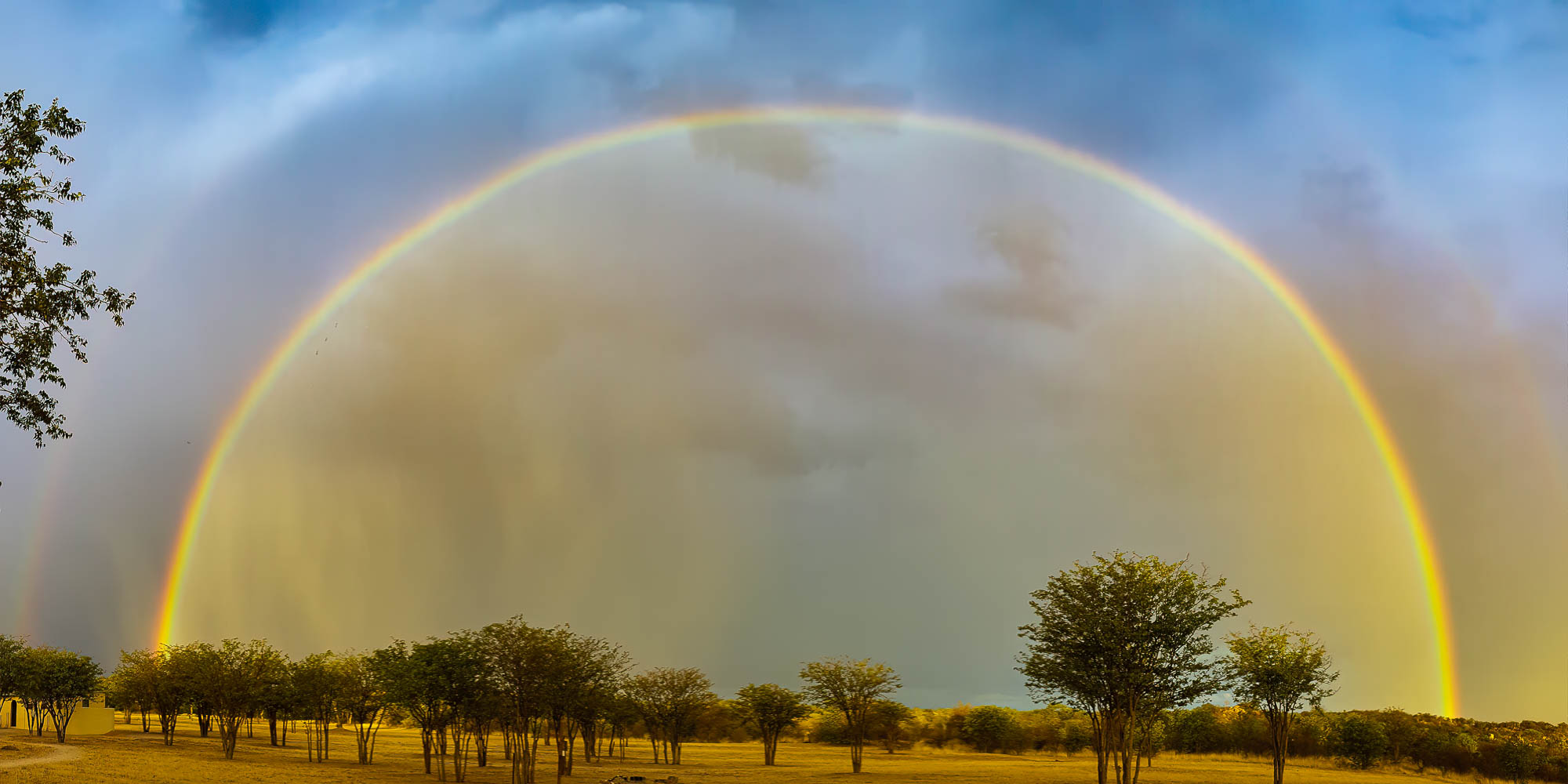Tsumeb
We want to escape the hot and humid thunderstorm weather, which has been with us for some time now. We satisfy our longing for drier weather by covering the 900 km to Tsumeb in three days.
Tsumeb is a pleasant and relatively safe small town with very good supply options. Tsumeb is also the gateway to Etosha National Park. But not only that, Tsumeb also has an excellent campsite. The Kupferquelle Resort offers shady spots, lots of greenery, a huge swimming pool, a good restaurant and a small supermarket where you can find quality products that you would otherwise look for in vain.
As we have foregone our planned destinations in the Caprivi Strip, we can stay in Tsumeb for 9 days. The longer we travel, the more we like to stay a little longer in a beautiful or good place.
We return to the campsite from a trip to the city and are amazed at who we find there: Ueli and Iris from Switzerland. We know the two of them from the Wanderlust Meetings that Pegasus-Unterwegs organizes every year. Now that is pure surprise. Unfortunately, Ueli and Iris have to move on again the next day. But at least we still have a cozy evening.
Etosha National Park
In 2021, we resolved never to drive into Etosha National Park again, partly because the animal sightings were poor, but especially because the road network is largely unmaintained and you have to drive for hours over the worst corrugated iron. Probably less of a problem with a rental car, but you don’t want to destroy your own vehicle. But after the Hwange National Park in Zimbabwe had disappointed us very much, the Etosha National Park seemed like paradise to us and we booked 11 days in Etosha.
On December 8, we drive into Etosha National Park from the east to Camp Namutoni. We spend 5 nights in Namutoni, 2 nights in Halali and another 4 nights in Okaukuejo. We saw by far the most animals around Namutoni. At this camp, the water points are also not so far away, so that you can be at the water in the early morning right after sunrise and in the evening until sunset. We usually drove out of the camp in the morning when the gate opened. Over lunch, a break at the campsite and in the evening another game drive until shortly before the gate closes. Unfortunately, this diligence is of no use if you are heading in the wrong direction at the wrong time. Unfortunately, we never got to see the lions that we heard roaring on the first few evenings.
The following is not a chronological account of our visit, just a few pictures of some of the animals.
Elephants
This year with a lot of new blood.
Spotted hyena
While lions and leopards have made themselves scarce, we can observe all the more spotted hyenas. It is a stroke of luck for us that two youngsters are still looking out of their den at their mother and not paying attention to us. The story of the hyena that races past the other hyenas with one leg in its mouth so that no one steals its treat is also amusing.
Giraffes
Giraffes are beautiful, majestic – but also the biggest bores. They hesitate and hesitate and as soon as a bird flies up, they run away again.
Cape Fox
A small bundle of fur lies inconspicuously by the side of the path. We almost overlooked it. Is that a young jackal? In any case, he or she is not disturbed by our presence. In the end, it turns out that we have photographed a Cape fox. Although the Cape fox is not uncommon, it is rarely seen as it is a nocturnal hunter of mice, lizards, beetles and the like and spends the day in its den. I have to honestly admit: these are my current favorite pictures.
Rhinoceros
We see our first rhino in the rain in little Namutoni. Our second one in the early morning against the light. Rhinos appear visually cumbersome. But they can also dance away “lively”. This is a surprising and funny sight.
Cheetahs
Unfortunately, we didn’t get to see the springbok hunt. The cheetah family – a mother with her three cubs – are sitting in front of a bush, which probably provides them with some shade at sunrise. The mother often sits up while the young devote themselves to their meal. The mouths are still bloody from the meat of the springbok. At some point, however, it gets too hot for the cheetah mother and she grabs the springbok and drags it laboriously under a bush that provides more shade. This is probably also because vultures begin to circle, which could reveal their prey to other animals.
Landscape and moods
Although the Etosha National Park area is almost empty of animals, the weather conditions are all the more impressive.
Kamanjab
The South African and Namibian Christmas vacations begin in mid-December. Then most places are fully booked and full. So we retreat to Kamanjab, where we want to spend a few quiet days at the Oppi-Koppi Resort because we think there is no one there at this time of year. But far from it. Music blares from the village deep into the night to the campsite and there is a constant coming and going at the resort and we are only offered camping pitches that are quite crooked. Since we don’t have to pay a camping fee as overlanders, we couldn’t make a reservation. On the other hand, we are expected to take the restaurant into account.
We decide to say goodbye to Oppi Koppi and drive 3 km outside Kamanjab to Kamanjab Rest Camp. There hasn’t been much going on here since the corona lockdowns. The restaurant had to be closed and the campsite is now only suitable for travelers who don’t need electricity. But the Paltz is so well maintained and clean. No wonder, the owners Tina and Rolf are of German descent. Even trees are pruned here, something we have hardly ever experienced in Africa. The campsite is extremely quiet and also idyllic. The romantic grounds are well developed and you can go for a walk every day. We have it good here. Contact with the owners is cordial but not intrusive. Simply likeable. And in this beautiful atmosphere we spend atmospheric days over Christmas and New Year.
And so we end the 2022 travel year relaxed and calm, grateful for everything we were able to experience, grateful also that after the initial mishaps in July 2022 we were able to experience an otherwise mishap-free trip.
Milky Way
At this time of year, the Milky Way can be seen from the less attractive side. But there are some planets and other celestial bodies in the picture. Thanks to a platform on an elevation of the Kamanjab Rest Camp, we will be able to take our last star images in 2022. This panorama consists of about 6 images that have been stitched together.
From left to right: Pleiades star cluster – Capella – Mars – Taurus – Orion – Sirius – Canopus – Large Magellanic Cloud – (and many more)
